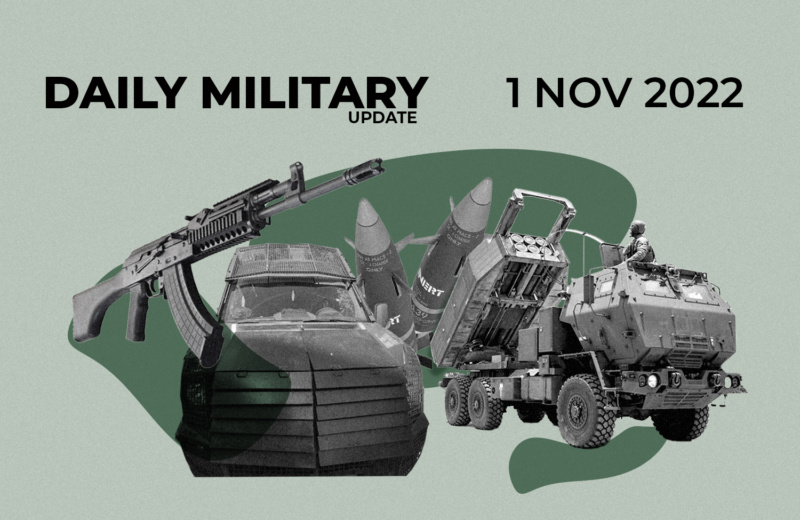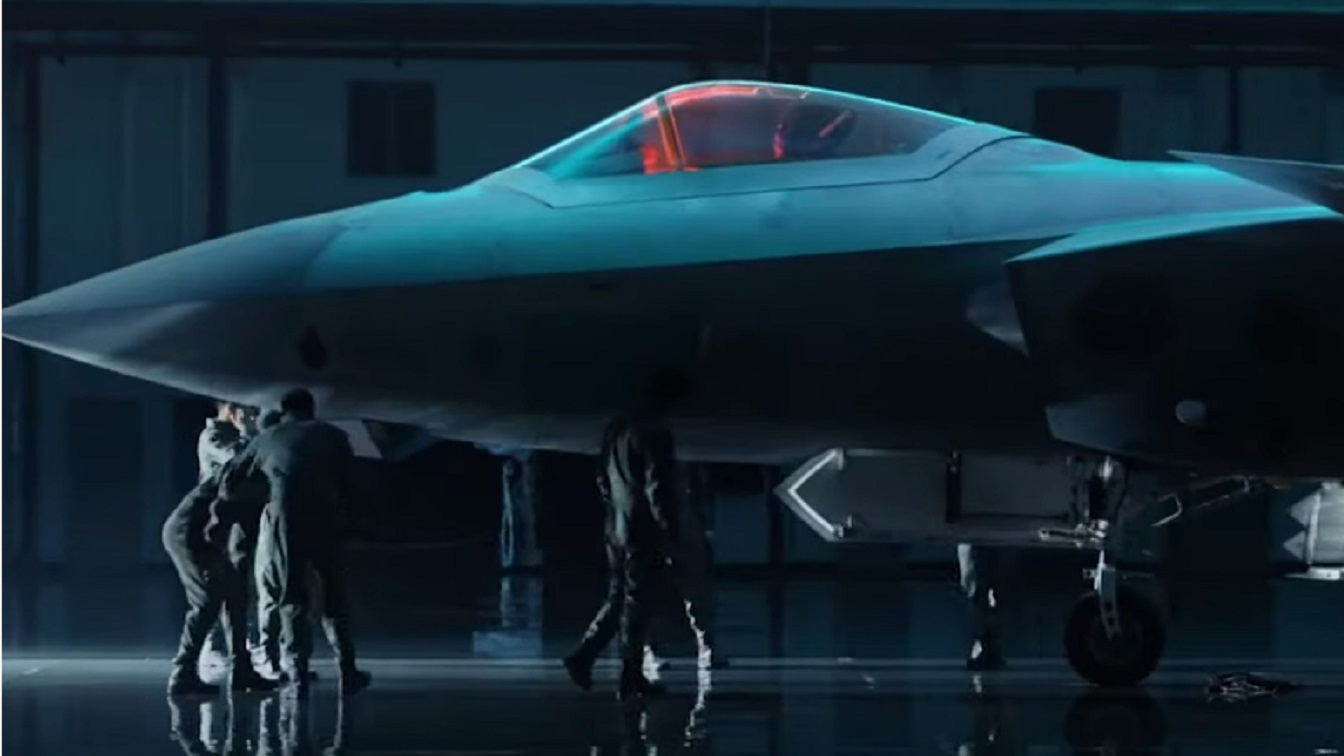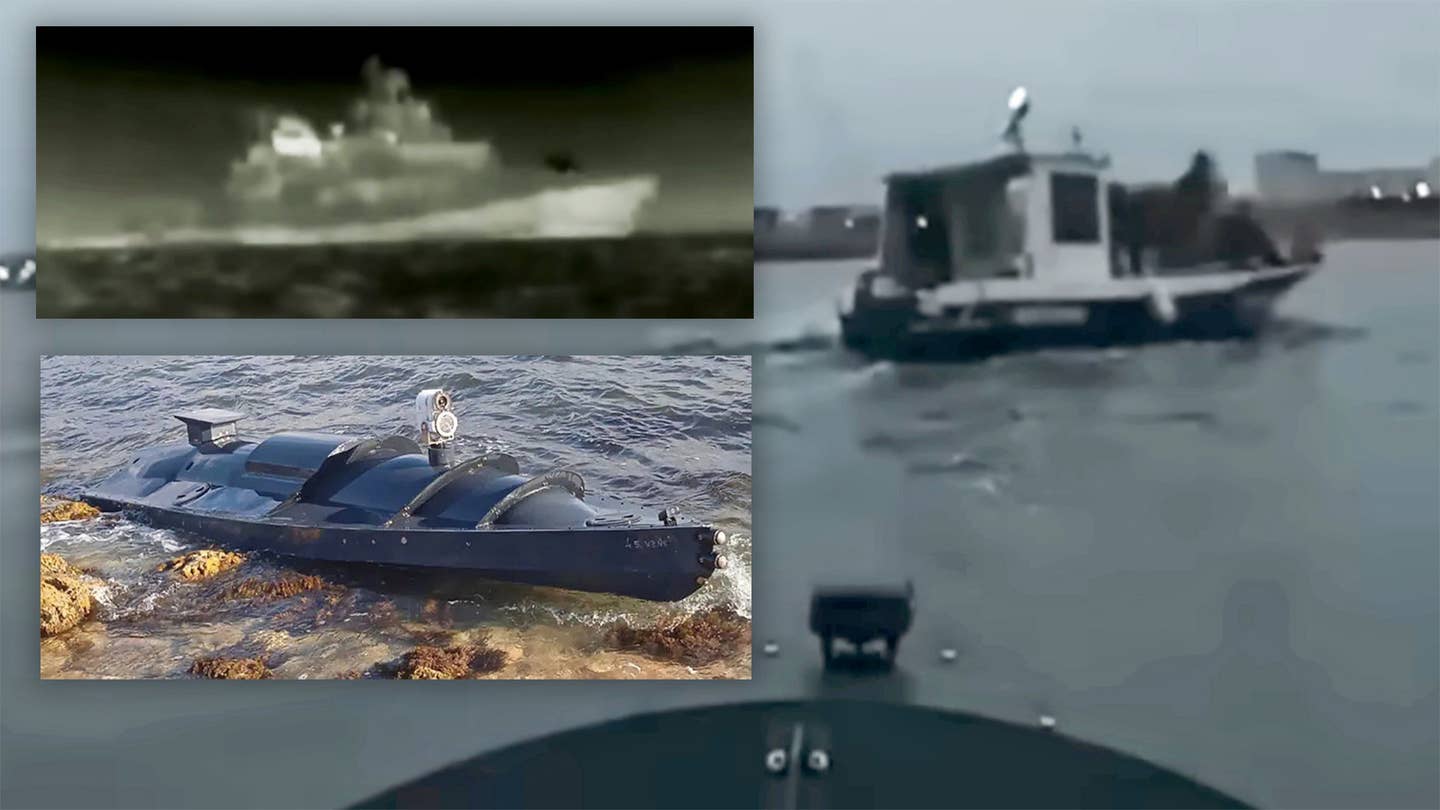Cynthia Cook
The 2022 National Defense Strategy (NDS) connects the vision laid out in the National Security Strategy (NSS) to action for the Department of Defense (DOD). NDS guidance impacts plans for force structure and modernization, including investments in additional systems and the processes for acquiring additional capabilities. Many of the planning constructs laid out in the 2022 NDS are not new challenges since the 2018 NDS. China remains the pacing threat. Russia continues to be a concern, with its unprovoked attack on Ukraine highlighting the importance of working with NATO allies and partners. North Korea and Iran persist as problematic actors, and violent extremist organizations remain a concern.
A close read of the 2022 NDS from an acquisition perspective suggests that there are deep concerns about the existing acquisition system and how it has been postured to meet the threat. There is less recognition of the specific challenges being faced on defense industrial base or on how DOD can work with industry to provide a surge capacity in case of national need.
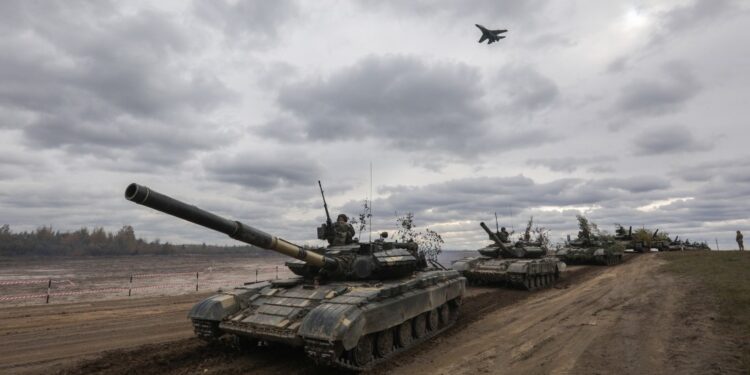
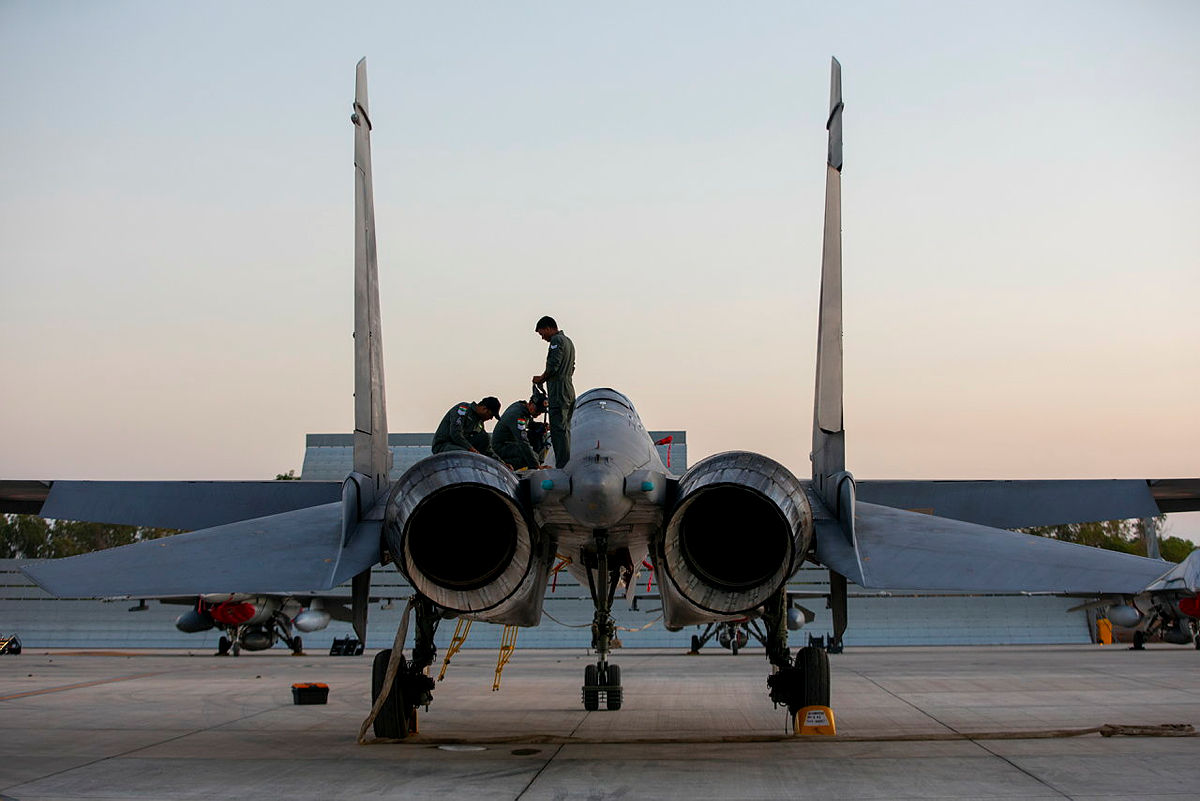
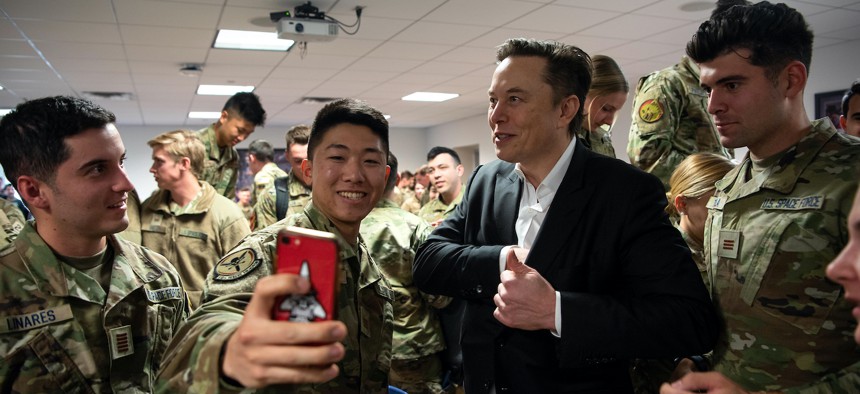
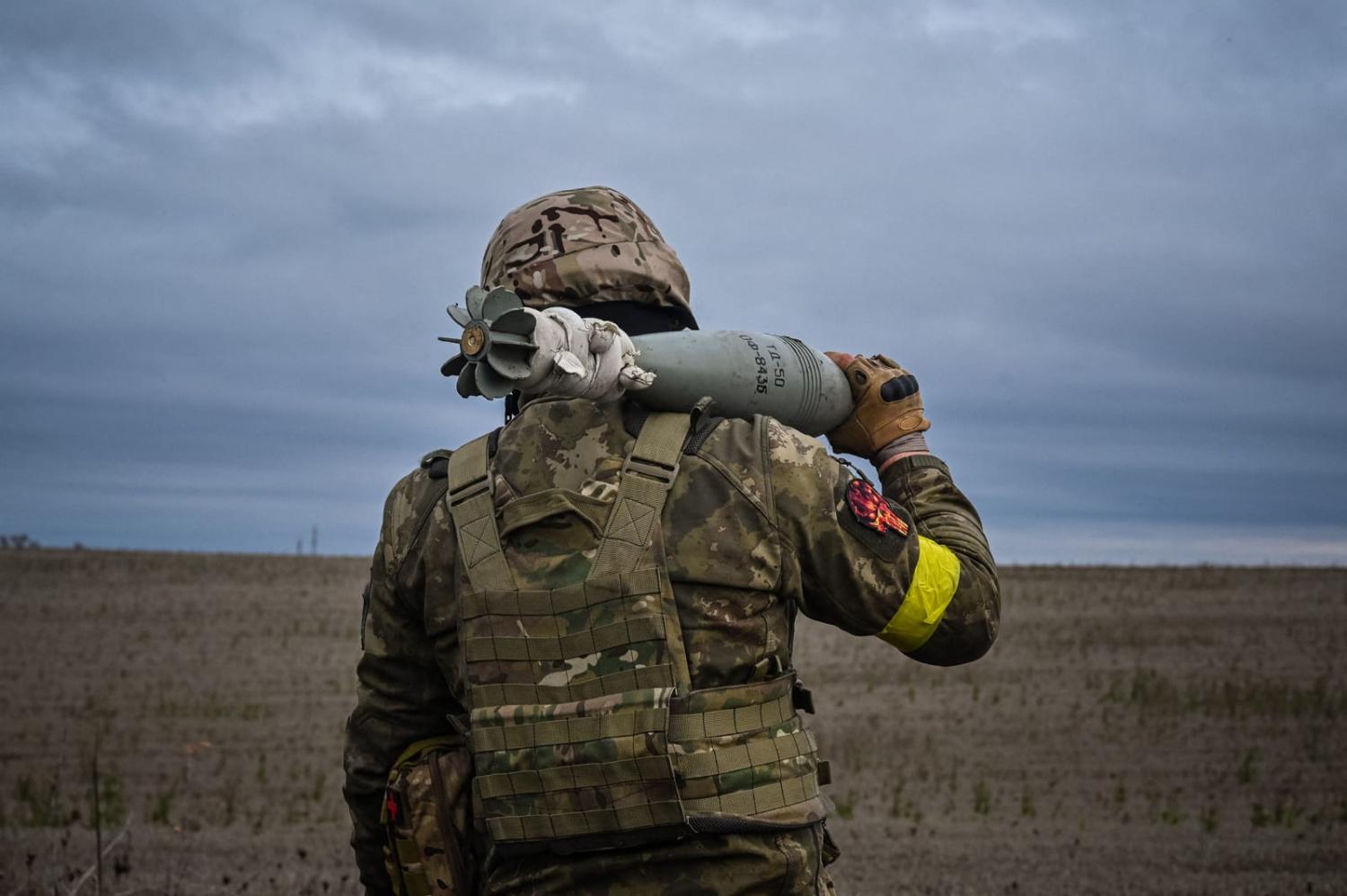

:quality(100)/cloudfront-us-east-1.images.arcpublishing.com/thesummit/NCKAY6SUUVBYFB6MEVJK4SA5TI.jpg)



